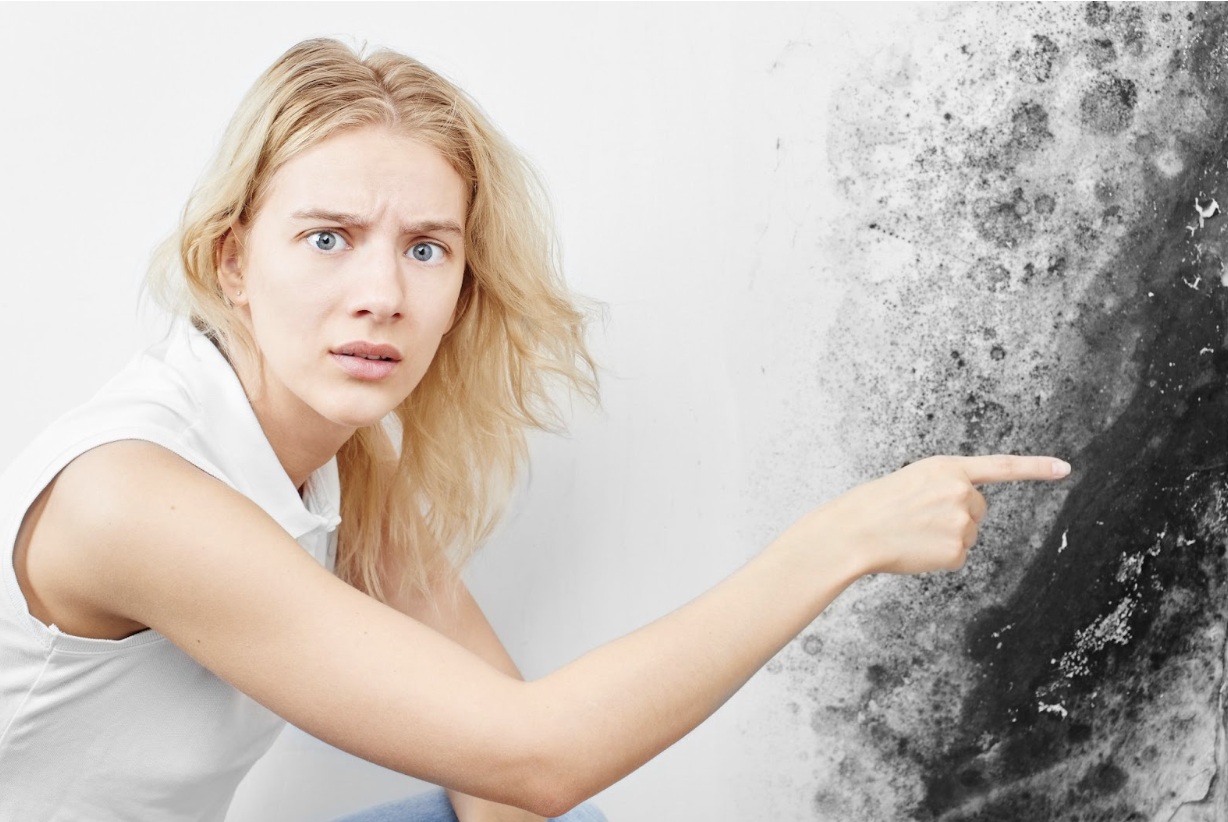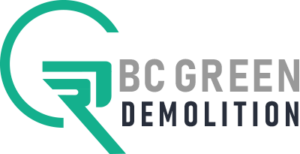Understanding the Risks of Mold
Introduction to Mold Exposure
Mold, a type of fungus, is a common household hazard that thrives in damp and poorly ventilated areas. It comes in various types, including black mold, green mold, and white mold. Understanding its presence and potential dangers is crucial for maintaining a healthy living environment. In this section, we’ll delve into the risks associated with mold exposure and provide insights on how to find mold in your home.
Mold’s Impact on Health
Exposure to mold can lead to various health issues, particularly respiratory problems such as asthma, coughing, wheezing, and throat irritation. Allergies, skin irritation, and flu-like symptoms are also common among individuals exposed to mold spores. Those with compromised immune systems or pre-existing respiratory conditions are at higher risk.
How Mold Damages Your Home
Aside from health risks, mold can also wreak havoc on the structural integrity of your home. Mold growth can weaken building materials such as drywall, wood, and insulation, leading to structural damage over time. It thrives in moist environments, and if left untreated, mold colonies can spread rapidly, causing significant deterioration and potential costly repairs.
Finding Mold: Inspection Tips
Visual Inspection
Regularly inspect your home for visible signs of mold growth, such as black spots on walls, ceilings, or damp areas in bathrooms and basements.
Musty Odor
Pay attention to any musty or moldy odors, especially in areas with poor ventilation or recent water damage, as they could indicate hidden mold growth.
Moisture Detection
Use moisture meters or DIY kits to detect areas of excessive moisture, which are prime breeding grounds for mold. Check areas prone to leaks or condensation, such as under sinks, around windows, and in the attic.
Find Mold in Specific Locations
Bathrooms and Kitchens
Bathrooms and kitchens are notorious for mold growth due to high levels of moisture and poor ventilation. Learn how to prevent mold in these areas by maintaining proper ventilation, fixing leaks promptly, and using mold-resistant materials where possible.
Basements and Attics
Basements and attics are often overlooked but are prime locations for mold growth due to their tendency to be dark, damp, and poorly ventilated. Discover the specific challenges of mold in these areas and how to address them effectively to prevent mold infestation.
Air Conditioning and HVAC Systems
HVAC systems can become breeding grounds for mold if not properly maintained. Understand how mold can develop in air conditioning units and HVAC systems, and the importance of regular maintenance, including changing filters and cleaning ducts, to prevent mold growth and ensure clean indoor air quality.
Testing and Removing Mold
Mold Testing Kits
Delve into the various options available for DIY mold testing kits, ranging from simple swab tests to comprehensive air quality tests. Explore how these kits work and their effectiveness in detecting mold in different areas of your home. Discuss the advantages of using DIY testing kits, such as cost-effectiveness and convenience, while also highlighting their limitations.
Safe Remediation Techniques
Learn about safe and effective methods for removing small areas of mold in your home. Discuss the importance of using appropriate protective gear, such as gloves, masks, and goggles, during the remediation process to minimize exposure to mold spores. Explore different remediation techniques, including scrubbing with detergent solutions, applying mold inhibitors, and using HEPA vacuums. Provide tips for preventing mold from returning after remediation, such as addressing underlying moisture issues and improving ventilation.
Hiring a Mold Removal Professional
Signs of Severe Infestation
Identify signs that suggest a severe mold infestation requiring professional intervention. These signs may include extensive mold growth covering large areas of your home, visible structural damage caused by mold, or persistent health issues among occupants. Discuss the importance of not attempting to remediate severe mold infestations yourself due to the potential health risks and structural damage involved.
Importance of Professional Assessment
Understand the critical role of certified mold inspectors and remediation experts in assessing and addressing mold problems in your home. Discuss the benefits of hiring professionals, such as their expertise in identifying hidden mold growth, their access to specialized equipment for thorough testing and remediation, and their ability to develop a comprehensive treatment plan tailored to your specific situation. Emphasize the importance of professional assessment in ensuring proper remediation and preventing future mold problems.





